Mayong Black Magic & Story Untold
Mayong – A small village in Assam, echo of esoteric stories of black magic and occult practices. The mystical world of Mayong black magic is a conflicting narrative. The sorcery is practiced (or believed to be practiced) to cast a shadow of intangible evil, rising the power of dark through ritualistic ceremonies and chants. The word black symbolize the lure of darkness, often performed with evil intentions of destroying someone to fulfill a selfish motive. The dark art spews negative energy to intentionally control and harm the opponent.
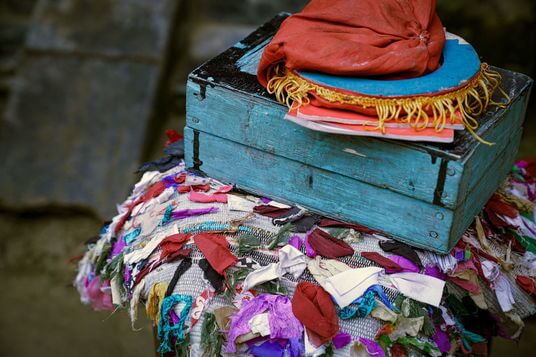
Table of Contents
Location and History of Mayong
Mayong is a remote village located in Morigaon district of Assam. Seated on the banks of Mighty Brahmaputra River, it is 40 km from state capital Guwahati. It is located just a few kms away from Pobitora Wildlife Sanctuary.
The mythology and history of Mayong Village dates to centuries old, found on old manuscripts and scriptures. How the village got its name continue to be debatable with different stories? There are many contradicting theories believed by people on how the name Mayong came into existence.
According to some, Mayong came from an Indo-Aryan word called “Maya” which means illusion. Some villagers believe that Mayong came from the word “Miyong” meaning Elephant in Dimasa language. According to this story, set on hilly terrains, the village is believed to have been inhabited by elephants and hence the name Mayong came from the world Miyong.
PIN THE POST FOR LATER
Mythology & Folklores of Mayong Black Magic
The mention of Mayong goes back to ancient mythological epics like Mahabharat. Its sorcery and black magic finds a place in the religious scriptures and folklores. According to the mythological scripture and as mentioned in Mahabharat, Ghatotkacha – son of Hidimba and Bheema, was the chief of Kachari Kingdom and gained his magic power from Mayong to fight the Battle of Mahabharat.
According to folklores, even the Mughals feared the magic territory of Mayong. Alamgir Nama, a book chronicling the 10 years of rule by Emperor Aurangzeb, mentions that Mayong black magic was fearful to even the Mughals. The lore mentions stories of how Muhammad Shah’s army of 1 lakh horsemen vanished while passing through Mayong, without leaving a trace. These are stories but there is no solid evidence stating it as fact.
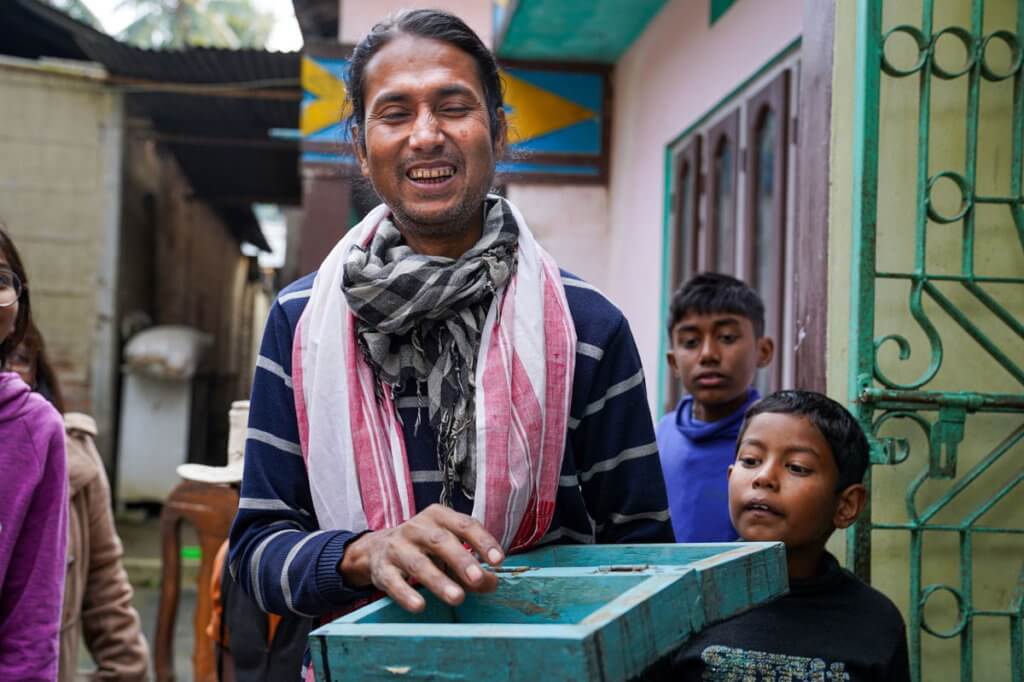
Black Magic – An Era of Dark Power in Mayong
Mayong seats as the perennial cradle for Black Magic since time immemorial with stories of witchcraft and wizardry transcending across generations. It continue to cast a shadow of fear owing to its unexplained events and bizarre occult practices performed in the past by villagers. The witchcraft art is inherited by the sorcery practitioners from their forefathers and passed along the lineage. Black magic is not practiced openly today, but tales of the dark era reach the curious ears through narratives by the natives.
I remember watching an Assamese movie as a kid. The scene starts with an older man casting some spells on a man seated on a low wooden stool. The man seated on the stool is a suspected thief and chronic liar and as he try to get up, the stool stick to the buttock. Now, this man has no option but to confess and change his ways. As I walked through the narrow rural lanes of Mayong, it reminded me of this movie.
With the reputation as abode of black magic, there are stories that sends a chill in the spine. According to local lore, one of the most prominent practices followed in the past was human sacrifice or Narbali. This was practiced as a ritual to attain more black magic power while worshipping Goddess Shakti. The swords and traditional weapons found in excavation indicates a possible ritual of human sacrifice. The nerving stories and tales of taming ghosts and wild animals, converting humans into animals and using magic to gain on something or someone is enough to conjure fear amongst the common man. These are all claims and stories narrated by the local people.

Books on Mayong by Ronendra’s Nath 
Ronendra Nath showing some magic tricks
Transition from Black to White Magic over Decade
Mayong and its tales of evil dark magic is a secret buried far away from the reach of common people. What remains today is the stories and tales narrated by the village elders. The countless stories of dark magic float across the village as fables lining the history of the past. Today, the appetite for primitive black magic is miniscule with juvenile set of villagers practicing white magic – for healing, tricks, and entertainment.
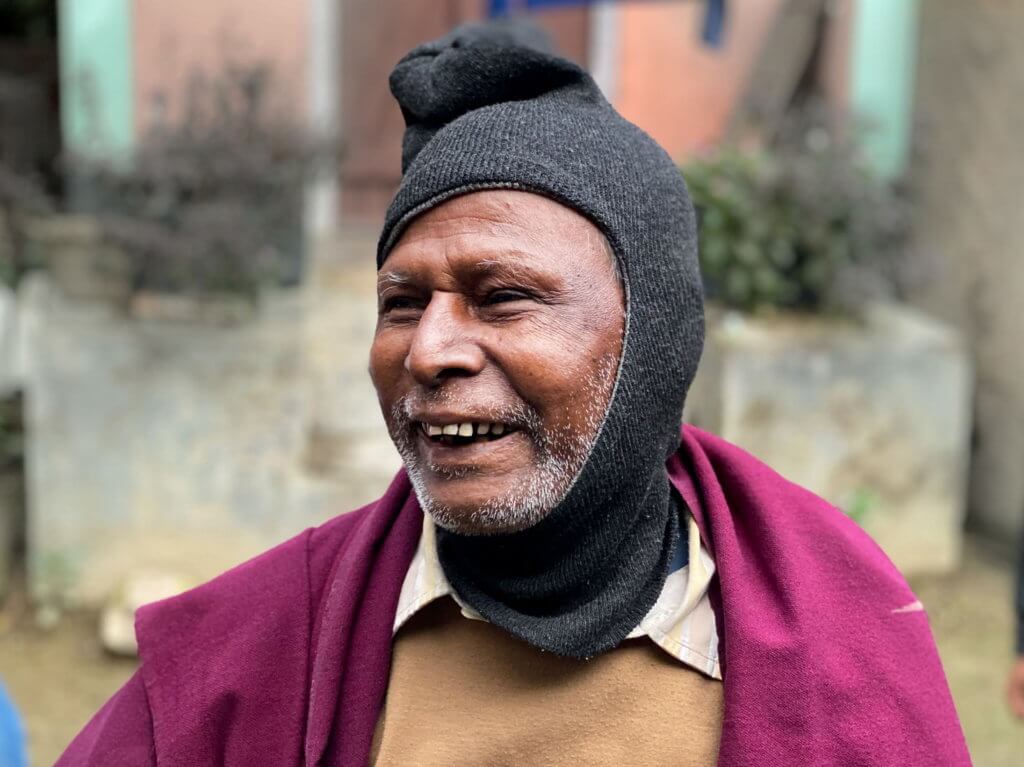
Meeting a Witch Doctor (Bez or Ojaa)
Bez is a witch doctor with healing powers. They are known to use spells and special power to treat ailments and medical conditions. According to the locals, the bez is even able to free a person possessed by an evil spirit. We met an old Bez who told us stories of how different mantras were used for different purposes. He spoke about Mohini Mantra used to give love charms or mantras for sedating a tiger.
The Bez is known to possess powers to treat back ache without medicines or therapy. The locals say the Bez can treat back pain by placing a copper plate on the back and chanting some Mantras. The copper plate is stuck on the pain and pulls away the pain. The copper plate even breaks into pieces when a person suffers from extreme pain. There are bizarre stories of taming ghost and using them as assistants by Bez for treatment.
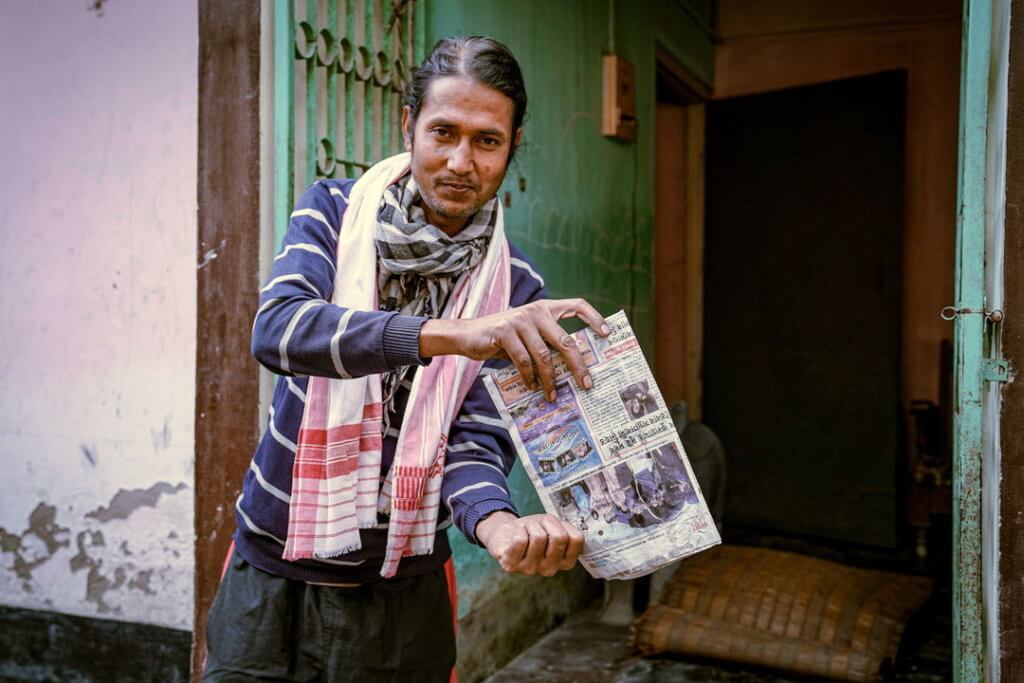
Entertained by a Magic Show
In the modern day, magic is mostly used for entertainment and performing magic tricks in shows. We met a young Bez named Ronendra Nath who was kind enough to entertain us with some magic tricks. He started practicing magic and learnt the art of black magic from his uncle. He shared some insights about Mayong’s tryst with black magic. His knowledge of witchcraft helps him earn his livelihood through live stage show and magic performance. He showed us some amazing magic, flawlessly done! The sorcery tricks left us scratching for answers.
He showed us a trick of pouring water inside a folded newspaper and chanted a mantra. After the chanting he opened the paper without a drop of water dripping and the paper completely dry. With a smile on his face, he spoke about how he used his blue box and created a mini ATM during demonetization. He took a Rs 10/- note and inserted it in the empty. After a while, he withdrew Rs 50/- from it. Astonishing!
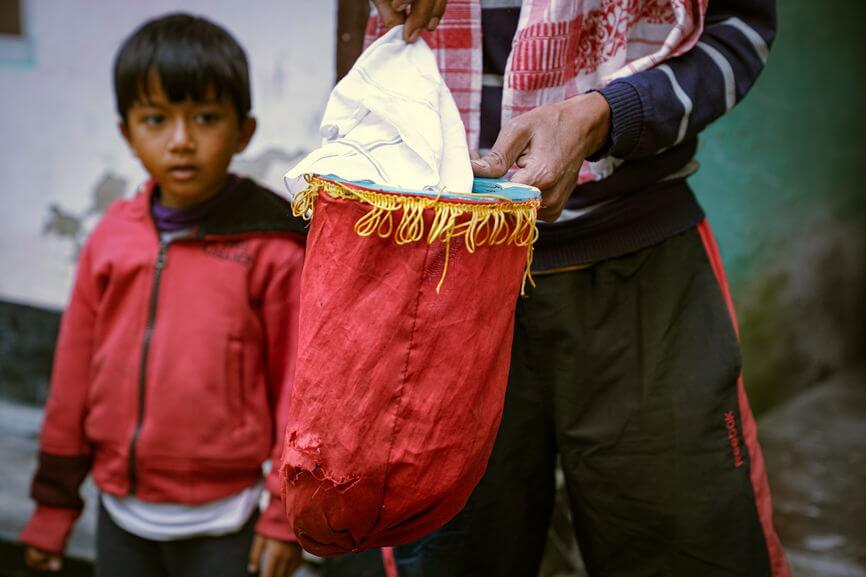
Dark Side of Witch-Hunting in Rural Assam
The dark and gory side of witch-hunting in rural Assam shake up humanity through its chilling details. Illiteracy and lack of awareness in rural areas of Assam had led to a killing of hundreds of people suspected to possess maleficent power. In most cases, woman are branded as witch and are tortured, ostracized, paraded naked, and even brutally killed by mob of illiterate people.
The stories of beheading people suspected of witchcraft and black magic practice emerged from many corners of Assam. In most cases, the reason behind branding someone as a witch and turning a mob against them is personal vendetta. The quacks, often regarded as Bez, in some parts of the rural Assam convince people that ailments or disease related death is due to black magic. In one such incident, five members of a family were beheaded after suspected witchcraft after an ailment took life of two village workers.
These superstitions became an increasing problem amongst rural pockets of Assam – mostly within tea laborers and within parts of Kokrajhar. Witch-hunting was a reason to worry even in Jharkhand, Odisha, and other places. However, in 2015 the Assam Assembly passed – The Assam Witch Hunting (Prohibition, Prevention and Protection) Act.
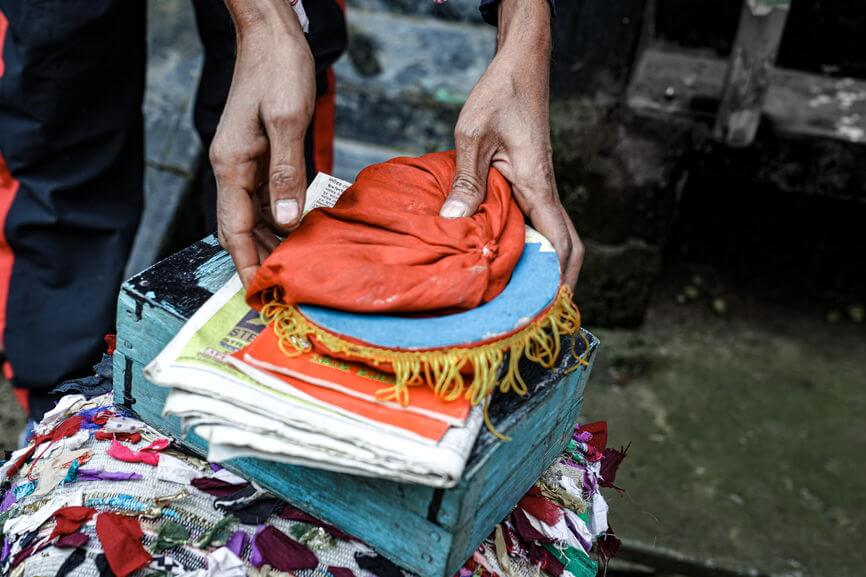
Can the Dying Art of Witchcraft (White Magic & Tricks) Survive?
Black magic is not performed openly in Mayong, but its existence is sensed and talked about in the village. Ronendra Nath started as an apprentice to his uncle to learn the witchcraft and is currently a practicing Bez (local witch doctor). However, he might be one of the last with this intuitive gift. Sorcery and magic is what Mayong is all about but slowly the art is dying a slow death. The powerful Mantras and magic is fading into oblivion.
Black Magic is regarded a possession of evil power. The dying art mostly is survived through witch doctors and their eccentric healing techniques. The allure of Mayong Black Magic is survived through narratives, books and stories passed through generation. Most of the magicians in Mayong practice white magic and perform shows and events for fun and entertainment. The Mantras and Tantras have hugely lost its omnipresence. The dying art can only survive through white magic practice, fortune telling and Bez doctors.
What do See and Do in Mayong Village?
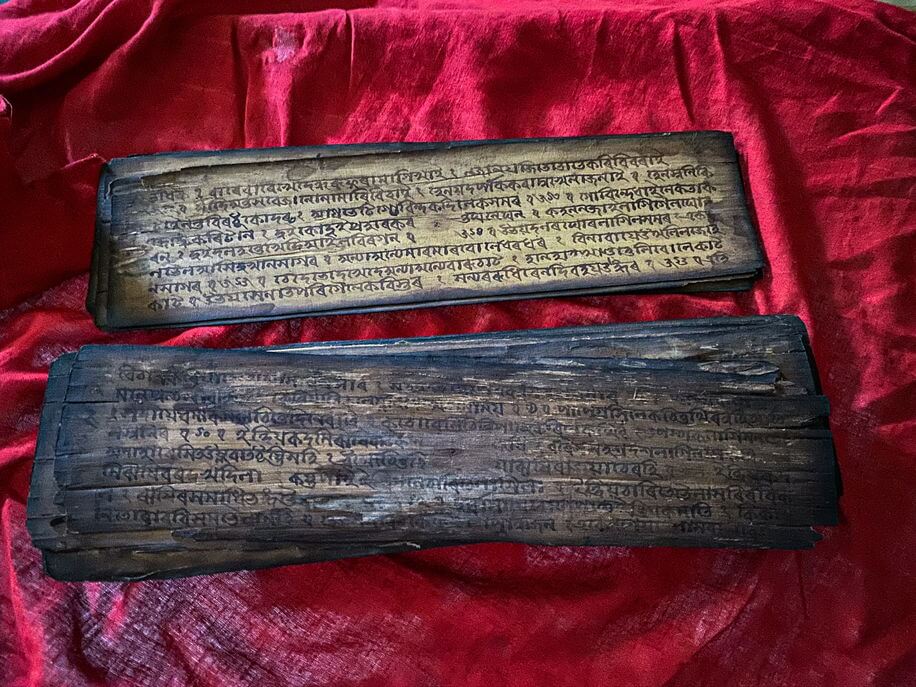
Mayong Central Museum
The old and dingy museum is a treasure trove of manuscripts, old artefacts, and pictures of magic in practice. The walls of the museum are adorned with the symbolic magic practices and mantra rituals performed by the Bez and sorcerers. The story of taming a tiger using Bagh Bandha Mantra and black magic is depicted through a statue of tiger surrounded by Bez.
The archaeological relics, tons of terracotta items, weapons, hookahs etc. adorn the museum shelves, most found through excavation. There are display of huge swords considered to be weapon of Narbali (human sacrifice). The hundreds of manuscripts written on palm-leaf are well preserved inside the museum. The local guide told us that the manuscripts are written in Brajvali and Kaitheli, scribbled with magic spells and Mantras.

Enjoying the sunset point 
The gorgeous sunset point
Sunset Point at Narasimha Temple
Mayong Village is a seat to many temples. However, the scenic view from the Narasingha Temple atop a hill, surrounded by the mighty Brahmaputra River is ethereal. It is a short hike to the temple opening to magic sunset along the vast expanse of the river. The temple is built on a rock with a statue of Narasingha. The rocks also have other Hindu Gods and inscriptions carved on it.
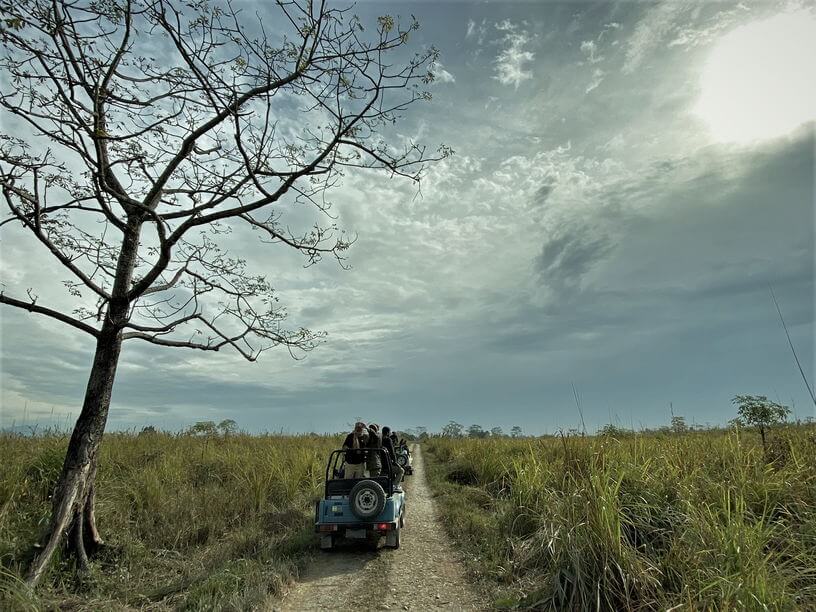
Pobitora Wildlife Sanctuary
The wildlife sanctuary is just a stone throw distance from Mayong Black Magic Village. It is home to the famous one-horned Rhinoceros and surrounded by fringe villages. The grassland vegetation helps in easy spotting of the rhinoceros along with other fauna. It is even a dwelling place for over 2000 species of birds – both native and migratory.

Old artefacts at Mayong Museum 
Magic and the man
Best Time to Visit Mayong Village
The best time to visit the mystical village of Mayong is during the month of November. It is around the same time the Mayong Pobitora Festival is celebrated. It is a 3 days grandeur of ethnic cuisines, traditional handicraft display, lots of amazing magical shows and wildlife. Club your Mayong Village Trip with Pobitora Wildlife Sanctuary Jeep safari. There are accommodation in form of resorts and homestay available in Pobitora.
Read about eco-tourism & rural tourism at Umswai Valley in Karbi Anglong, Assam
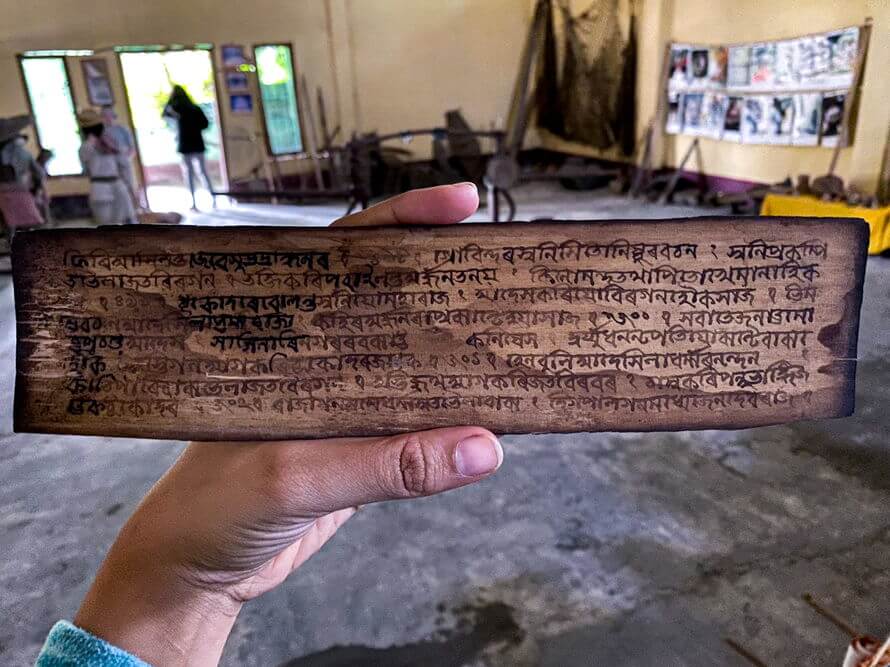
Last Words
The era of dark magic in Mayong has transitioned through generations and took form of white magic, publicly accepted today. The secret pockets of black magic continue to exist even today, hidden and unspoken of, according to the locals. However, today white magic pre-dominates to treat ailments, find lost objects, catch thieves, and perform clairvoyance session. The divide between real and illusion is a path shrouded in mystery – That is what Mayong is all about.
PIN THE POST FOR LATER
Disclaimer : I was invited by Bodoland Tourism and Awesome Assam as Ambassadors of Bodoland – 2, organized by Roots Bridge Foundation. The trip to Mayong was a part of the program. We attended Dwijing Festival – Annual River Festival of Bodoland also as Bodoland Ambassadors.
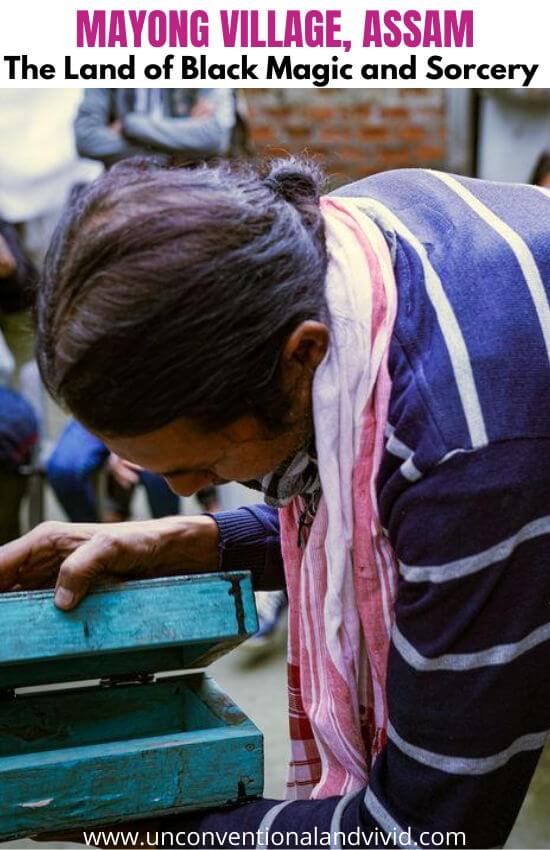
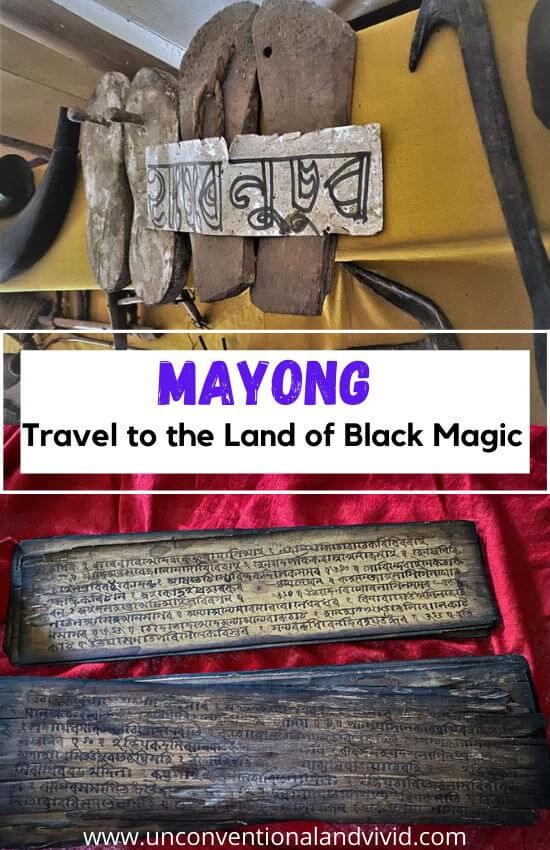
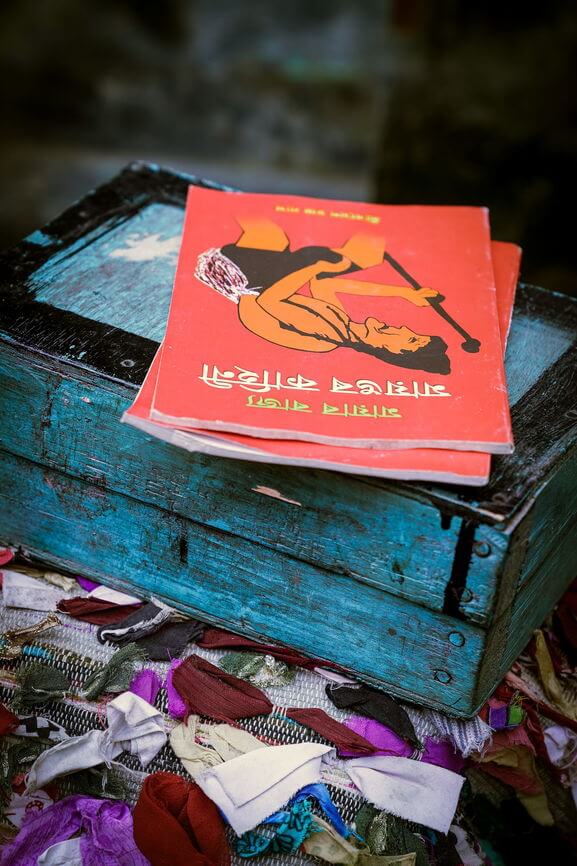
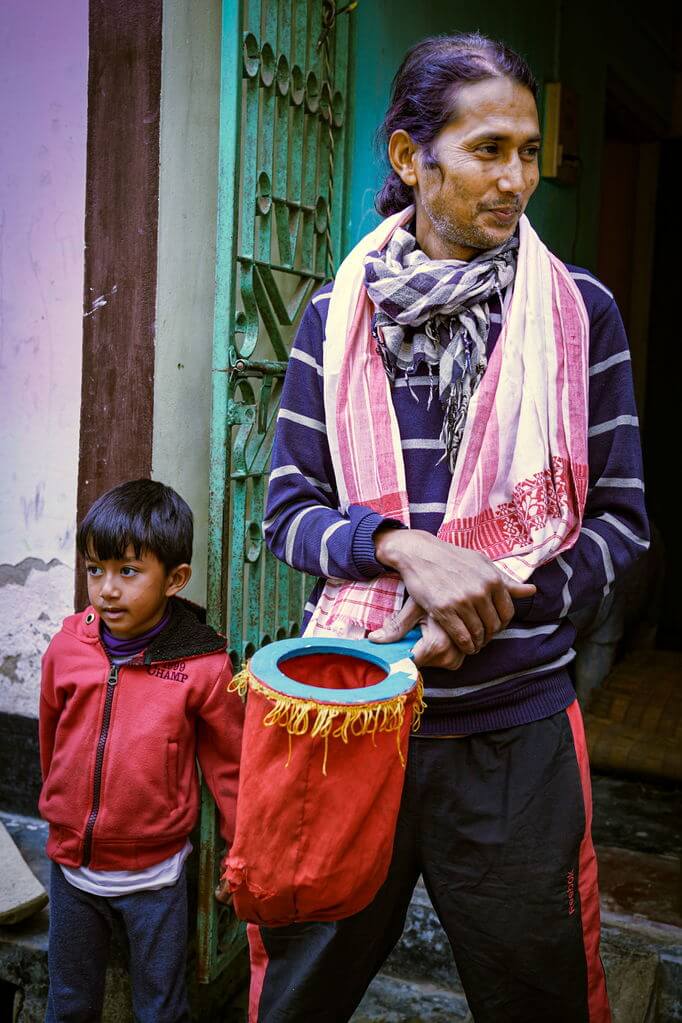
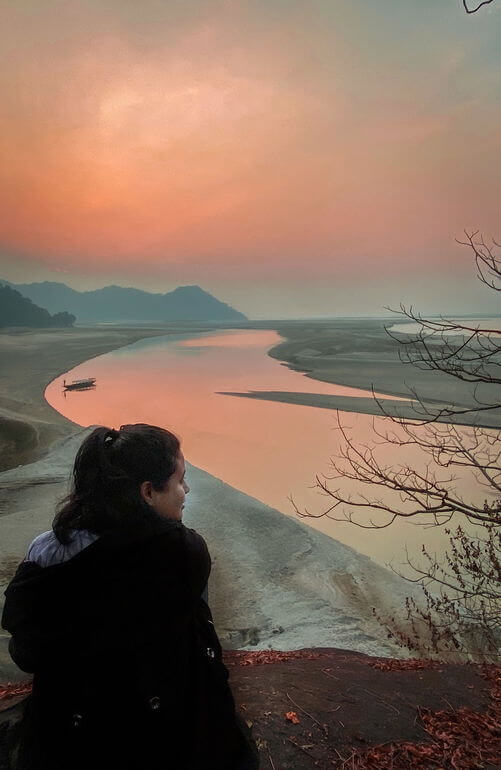

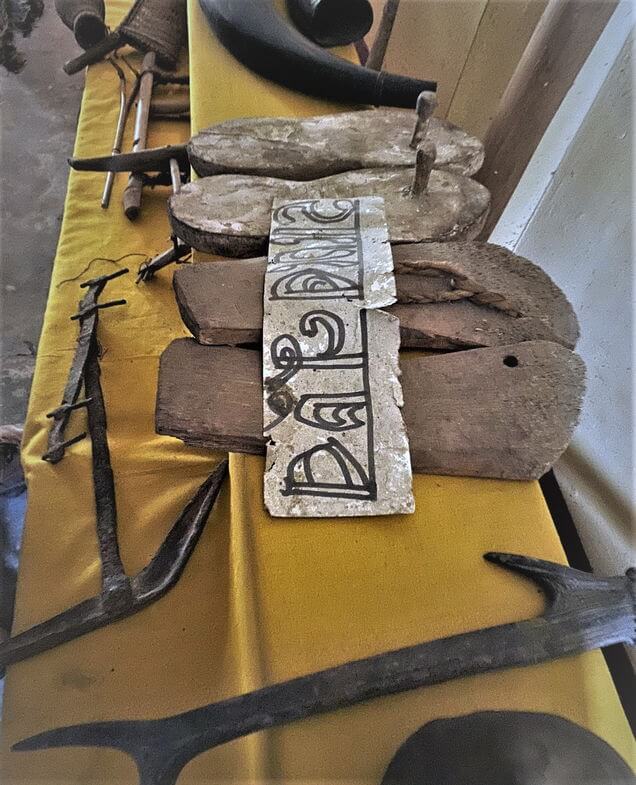
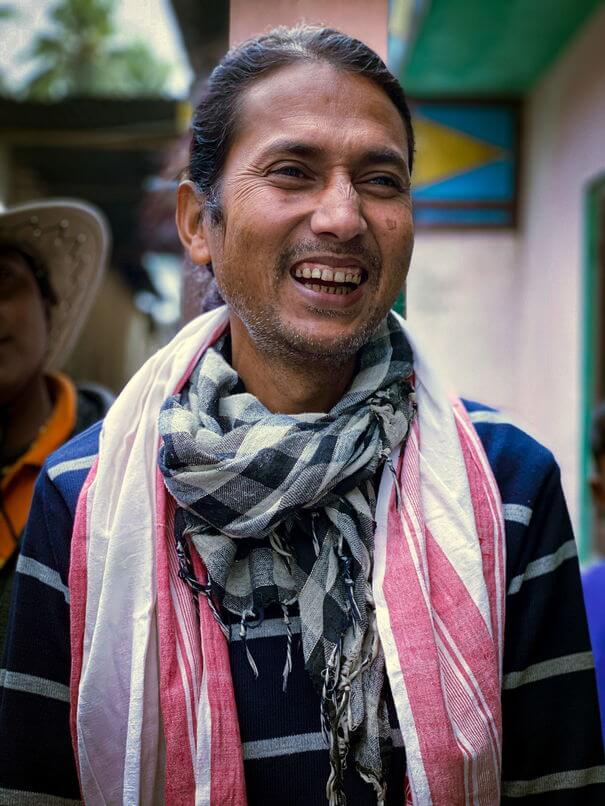
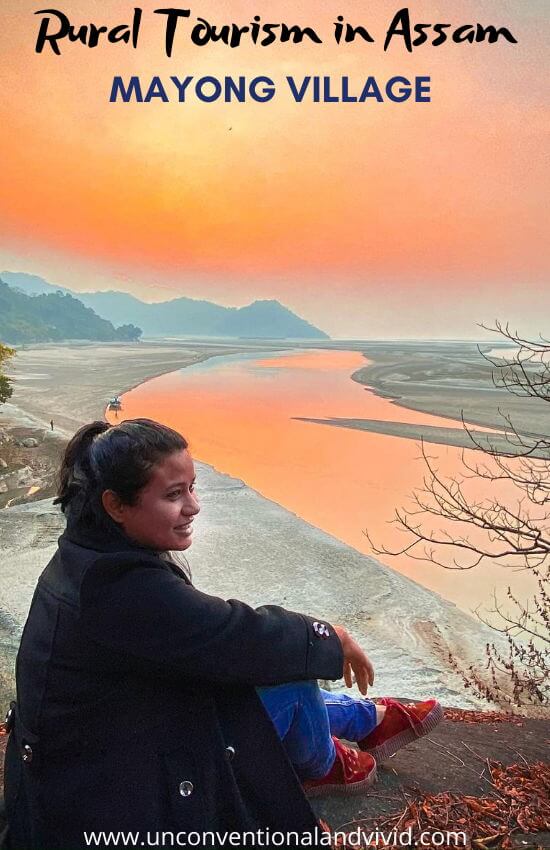
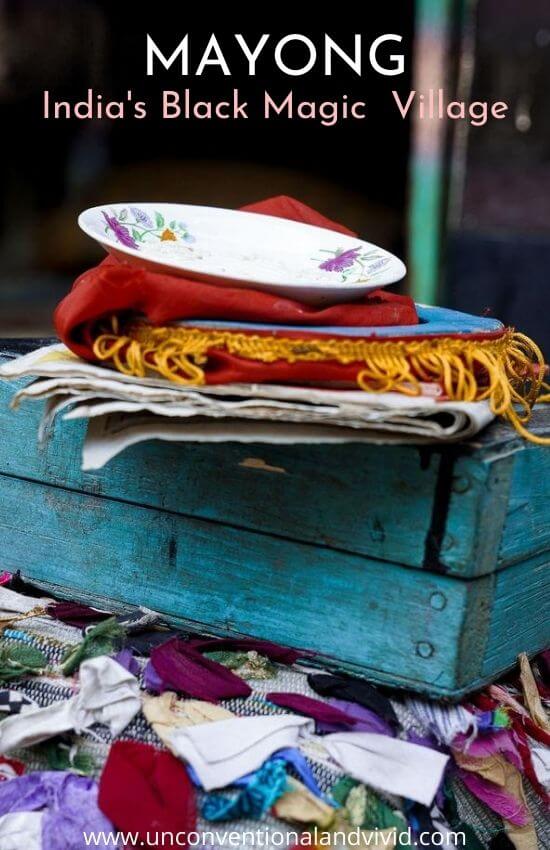

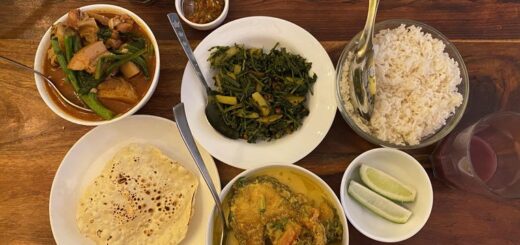
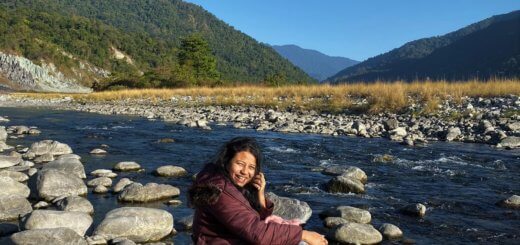
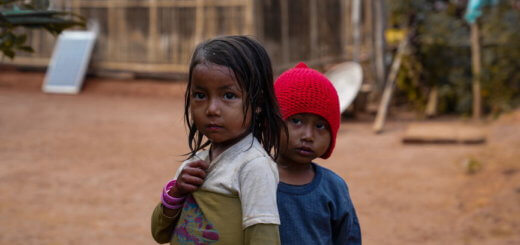

how can i contact Ronendra Nath
Hi, unfortunately don’t have his contact.